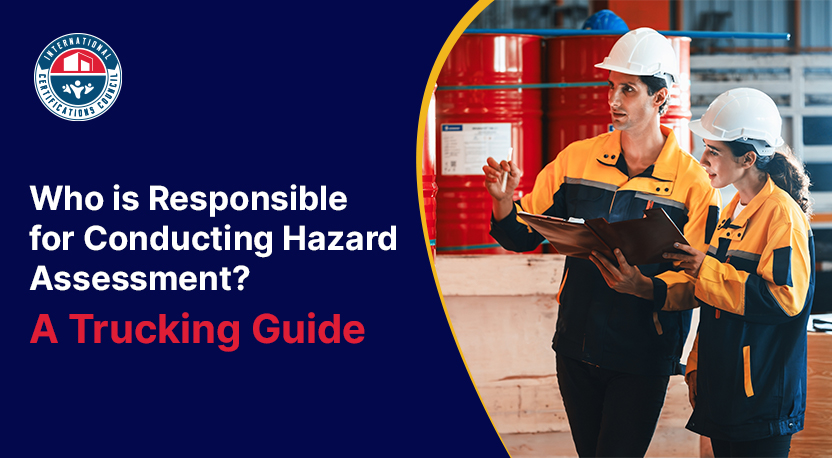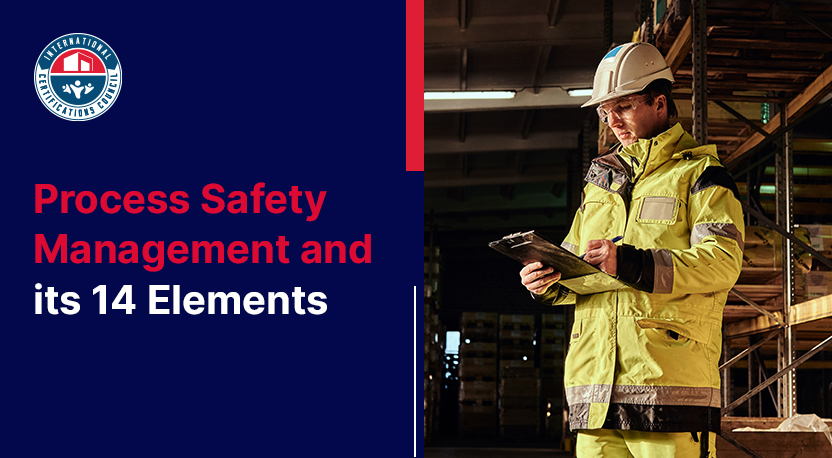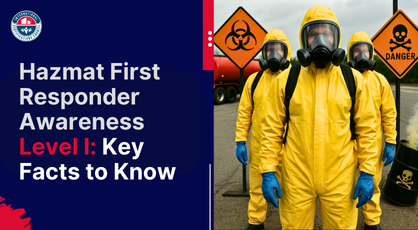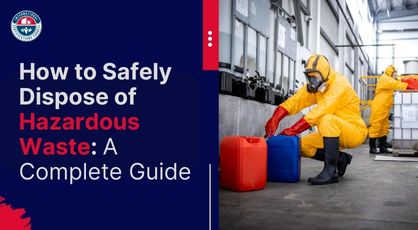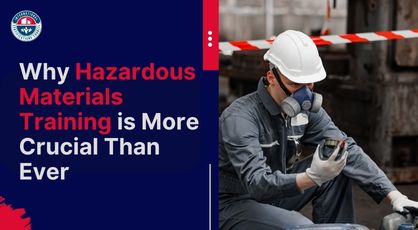The transportation and management of hazardous materials are very complicated and highly regulated processes. If you are in the business of transporting dangerous or hazardous materials from one location to another, especially across state lines, you will have to abide by several rules and regulations laid down by the Department of Transportation. The Federal Motor Carrier Safety Administration is particularly strict about the compliance requirements applicable and the flow of information that is maintained through hazmat shipping papers. Yes, this is one sensitive and highly intricate topic that we are going to talk about.
Hazmat Shipping Papers - Getting A Basic Understanding
Now, any shipping papers or documents that accompany hazardous materials and the vessel/container that transports them from one location to the other are called your hazmat shipping papers. These papers are the most basic and efficient way of communication between the shipper of these goods, the carrier that is transporting them, and the consignee that is going to receive these goods. These papers provide essential and critical details about the contents of the hazmat shipment and also define the necessary precautions that need to be taken by everyone handling these materials. Hazmat shipping papers become vital to ensure the safe shipping of these goods. They should also be a part of your hazmat general awareness training program if you want to keep your employees and workers safe and efficient.
Defining The Purpose Of Hazmat Shipping Papers
Do you know that hazmat shipping papers are also known as dangerous goods declarations? You will also use the term, "bill of lading" for these same papers in many instances. Go around the transport and logistics sector and you will find officials, carriers, and DOT professionals using all these terms for official hazmat documents. These papers accompany the consignment throughout the transport journey. They provide a comprehensive overview of all the materials contained in the containers and also the necessary precautions that can be exercised in case of any spillage or exposure. You should be aware of the various key components of hazmat shipping papers to understand their purpose better which have been defined below:
- Information Of The Shipper: This piece of information always comprises the name, address, and contact details of the shipper. The shipper is the entity responsible for sending or shipping the hazardous materials.
- Consignee Information: This information is going to tell the handler about the details of the person who is going to receive these hazardous materials.
- Carrier Details: The information of the carrier includes his name, address, and contact particulars.
- Material Description: As the name suggests, a detailed description of the hazardous material is important. It will include the shipping name, hazard class, and the identification number of the material and the packing group.
- Quantity And Packaging: There could be more number of hazardous materials in a single package. This will include packaging details, number of containers, size, weight, dimensions, type of packaging, and other details about the consignment.
- Emergency Response Information: This is a very critical part of hazmat material training and also an inseparable piece of information that these papers must always have on them. Emergency response instructions and prompt action guidelines to prevent accidents spills and exposures are also mentioned here.
- Handling Instructions: The handling instructions described in the shipping papers are always going to be unique depending on the type of hazardous material and the class or category of material it carries. These are necessary for the safe and timely transportation of hazardous materials.
The Responsibilities Of The Shipper
- As a shipper, you will be responsible for classifying hazardous materials efficiently and properly
- You will also have to select appropriate packaging and marking types and come up with suitable labels for every container
- Preparing shipping papers and writing down appropriate emergency response information will also be a part of your responsibilities
- You are also required to train your employees when it comes to handling these materials and must also maintain records of the same
What Are The Responsibilities Of The Carrier
- As a carrier, whether you transport hazardous materials by air, ocean, or road, you must take care of hazmat compliance and applicable regulations always
- You are required to verify the packages properly to make sure that they are labeled, marked, and documented correctly
- You will also have to ensure that the necessary labels and placards are fixed securely before you transport them to their destination
- It is your responsibility to ensure that all your employees working in hazmat transportation are trained in handling these containers and packages and are fully aware of emergency response procedures
The Responsibilities Of The Consignees
- A consignee is a person who receives the hazmat shipment and you in that capacity will have a very critical responsibility of inspecting the packages for compliance and applicable regulations when you receive them
- If you find any discrepancies or issues with compliance, you are required to report them promptly
- Contact the relevant authorities and proactively take the required steps to contain hazardous materials and prevent any exposure to them.
What All Do You Need To Know When Creating And Compiling Hazmat Shipping Papers?
- Understand Regulatory Requirements: Before you start preparing the shipping papers, you must understand the regulations applicable. These are guidelines for packing, marking, labeling, and documenting hazardous materials before the transport can begin.
- Collect Critical Information: Critical information regarding the hazardous materials such as hazard class, shipping name, quantity, packing group, identification number, and other details should be procured.
- Choose The Proper Shipping Name: The shipping name is going to be standardized. You will have to refer to the hazardous materials table to identify the correct shipping name of the substance that is being transported. There will be an identification number and hazard class associated with the shipping name which you must be aware of.
- Determine Hazard Classes: Identifying hazard classes is crucial as it reveals any predominant hazards associated with the substance. You can understand properties like flammability, toxicity, or corrosiveness by reviewing the hazard class.
- Determine Quantity And Packaging Type: Before you start preparing hazmat shipping papers, it is important to calculate the quantity of the substance and the packaging type required. It could be anything such as a cylinder, box, air-tight container, or drum that you might need to transport the substance in question.
- Fill In The Shipping Details: Complete the shipping papers with the most relevant details such as quantity, packing, hazard class, shipping name, and other details. The handling instructions also need to be filled out if applicable.
- Fulfill Packaging And Marking Requirements: The packaging and marking requirements are the conclusive responsibility that you must fulfill. Appropriate hazard labels, packing, symbols, markings, and placards are a part of the hazmat regulations laid down by the FMCSA.
Let's Just Say That...
Hazmat shipping papers are always going to be a very critical component of your hazardous material transportation business. Your enterprise will not be able to function without these papers in place. They work as the lifeblood of your organization. They help you stay DOT-compliant and maintain the highest level of safety standards when transporting hazardous materials


